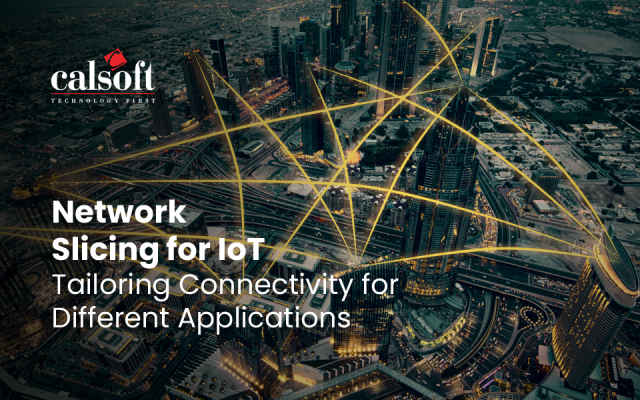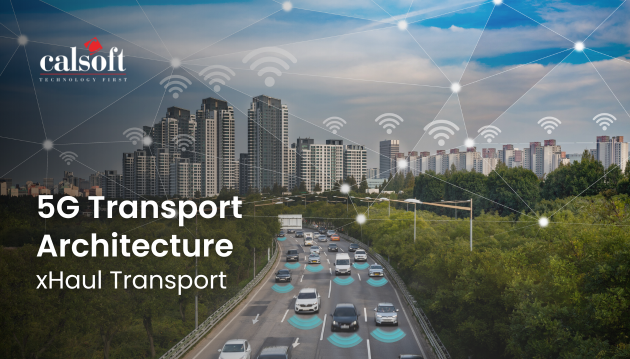Kubernetes has become one of the fastest-growing, hottest technologies of the decade. It is already the de-facto container orchestration framework for running applications comprising microservices and cloud-native deployments.
Popular research confirms this: according to the Cloud Native Computing Foundation (CNCF) survey from 2018, almost half of all respondents from over 5,000 companies are already using Kubernetes.
Similarly, in the 2019 CNCF survey, the percentage of companies running 250 or more containers in production rose by 28 percent, making the number cross the 50 percent mark for the first time.
These statistics are particularly impressive given that Kubernetes was only founded in June 2014.
But what’s more impressive is how beneficial Kubernetes is when used for managing applications and workloads at the Edge.
Kubernetes, the #1 enabler for Edge Computing
Today’s times are driven by cloud-native and IoT-enabled and smart devices connected to the cloud. These smart devices make the lives of their users convenient because of their ability to perform operations in real time. New market trends and innovation in this space require IoT solutions to deploy new features & updates quickly and repeatedly.
After the pandemic pushed businesses to operate remotely and people started spending more time at home, the need for more, better, and faster IoT devices grew even more, as did the number of enterprises shifting their workloads to the cloud.
The time required for the usual round trip request from a smart device connected to a centralized cloud data center and back can be as much as 250 milliseconds. 5G can improve this latency just a little, by about 2%, but a real difference can be experienced when workloads are shifted to the Edge. Latencies can be reduced to a mere 20 milliseconds.
This is possible because of Kubernetes’ unique model of unified deployment. DevOps teams can quickly deploy and roll out new features & updates in an automated manner.
What research says
Linux Foundation’s The State of Edge Report states that Kubernetes is the preferred platform for edge cloud.
A report from analyst & consultancy firm Omdia, which is based on interviews with more than a dozen thought leaders and vendors in the cloud computing and data center industries, finds that more than half are currently deploying Kubernetes for edge workloads.
The report says, “Kubernetes is set to be the technology that enables management of workloads from Cloud to the Edge providing a common application management platform.”
Why Kubernetes?
Kubernetes is an open-source ecosystem that enables the automation of deployment, scaling, and monitoring of containerized applications. To manage containers at the Edge, a highly fault-tolerant architecture is required. Kubernetes not only provides a layer of abstraction on top of physical infrastructure, but its cluster-based architecture and self-healing capabilities are also ideal for the Edge. The biggest advantages of Kubernetes for Edge are as follows:
Scalability
The popularity and rate of adoption of IoT solutions mean that they need a scalable platform. Kubernetes enables the management of thousands or even millions of device connections, sending terabytes of data, and accessing services such as real-time analytics. Its infrastructure can scale up and down to meet the demands of IoT deployment.
Availability
Many IoT solutions are often business-critical, and it is imperative that they are reliable and readily available. For example, an IoT solution that runs critical operations in a manufacturing unit needs to be available at all times. Kubernetes provides the infrastructure required to continuously keep deploying services. The architecture allows for workloads to run independently and can also be restarted or recreated with no effect on end-users and operations.
Multi-cloud capability
Kubernetes has the ability to host applications running on a single cloud as well as multiple clouds. This feature makes it ideal for the multi-cloud strategies of new-age businesses. While other edge orchestrators also work with multi-cloud infrastructures, Kubernetes is best in class in terms of multi-cloud flexibility.
Another additional benefit of Kubernetes is its ease of deployment, owing to its architecture.
More on Kubernetes implementation
To find more details about Kubernetes for Edge – industry specific use cases, commonly faced implementation challenges, and best practices, tune in to our webinar: Demystifying Kubernetes for Edge. Here is a quick overview of what to expect for this online event, from Nitin Singhvi, Associate VP of Technology at Calsoft, who will be the speaker.
Calsoft, a global technology solutions leader, has ample experience helping organizations achieve their goals using Kubernetes by strategizing & architecting Kubernetes implementation in the IT infrastructure, implementing custom integrations for storage, networking with CSI and CNI plugin frameworks, integrating various Kubernetes distributions to ease cluster operations, and securing the Kubernetes cluster.






